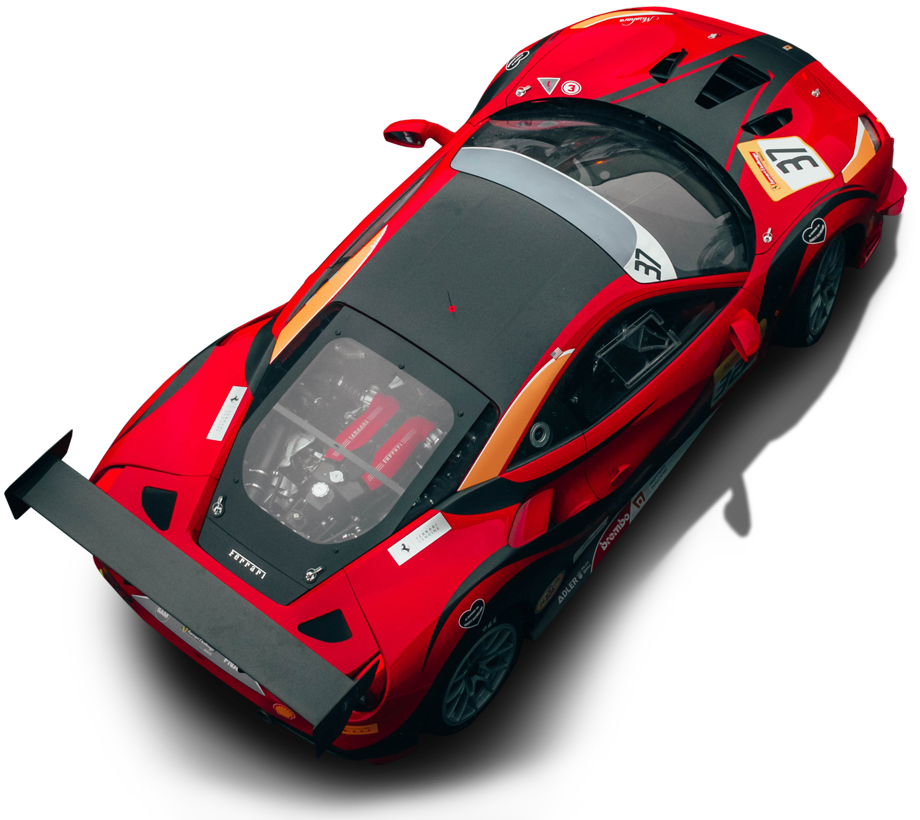THE MONACO GRAND Prix may be motorsports world’s most pretentious race, the Indy 500 its most historical, the Daytona 500 is a line up of thunder, but the 24-Hours of Le Mans wins the award for most majestic—and, therefore, the most important to race car drivers, manufacturers and motorsports fans worldwide.
“Life itself is a race, marked by a start and a finish,” Ferdinand Porsche once said. “It is what we learn during the race, and how we apply it, that determines whether our participation has had particular value. If we learn from each success and each failure and improve ourselves through this process, then, at the end, we will have fulfilled our potential and performed well.” Enzo Ferrari was less philosophical: “I have, in fact, no interest in life outside racing cars.” Enzo Ferrari led an intense life, and spent it traveling from Modena to Maranello, Turin and Milan with a single goal in mind: building racing cars to compete.
Great car manufacturers all race. Ferrari and Porsche might not exist without competition. Ford and Chevrolet have spent millions using it as a marketing tool and engineering proving ground, and Honda’s founder was racing long before he built his first machine. Racing is the constant search for the weakest link. “The perfect racing car crosses the finish line first and subsequently falls into an array of fragmented parts.”—Ferdinand Porsche
24 Hours of Le Mans: Porsche 19 wins with Six Legendary Cars. Porsche’s 19 wins make it the most successful automaker to race at Le Mans. Followed by Audi: Audi R18 holds 13 wins under its belt. Last year’s winner, Toyota, has four victories.
As a Le Mans record winner, Porsche built upon its track record on the tradition-steeped 13.626-kilometre circuit. With 19 overall victories and a total of 109 class wins, the Stuttgart sports car manufacturer is the undisputed leader in the almost 100-year history of the world’s most famous long-distance race. Porsche’s success at the 24 Hours of Le Mans is unmatched. In honor of the marque’s return to the race at the highest level. “The last car that will be built: will be a race car.”—Ferdinand Porsche




